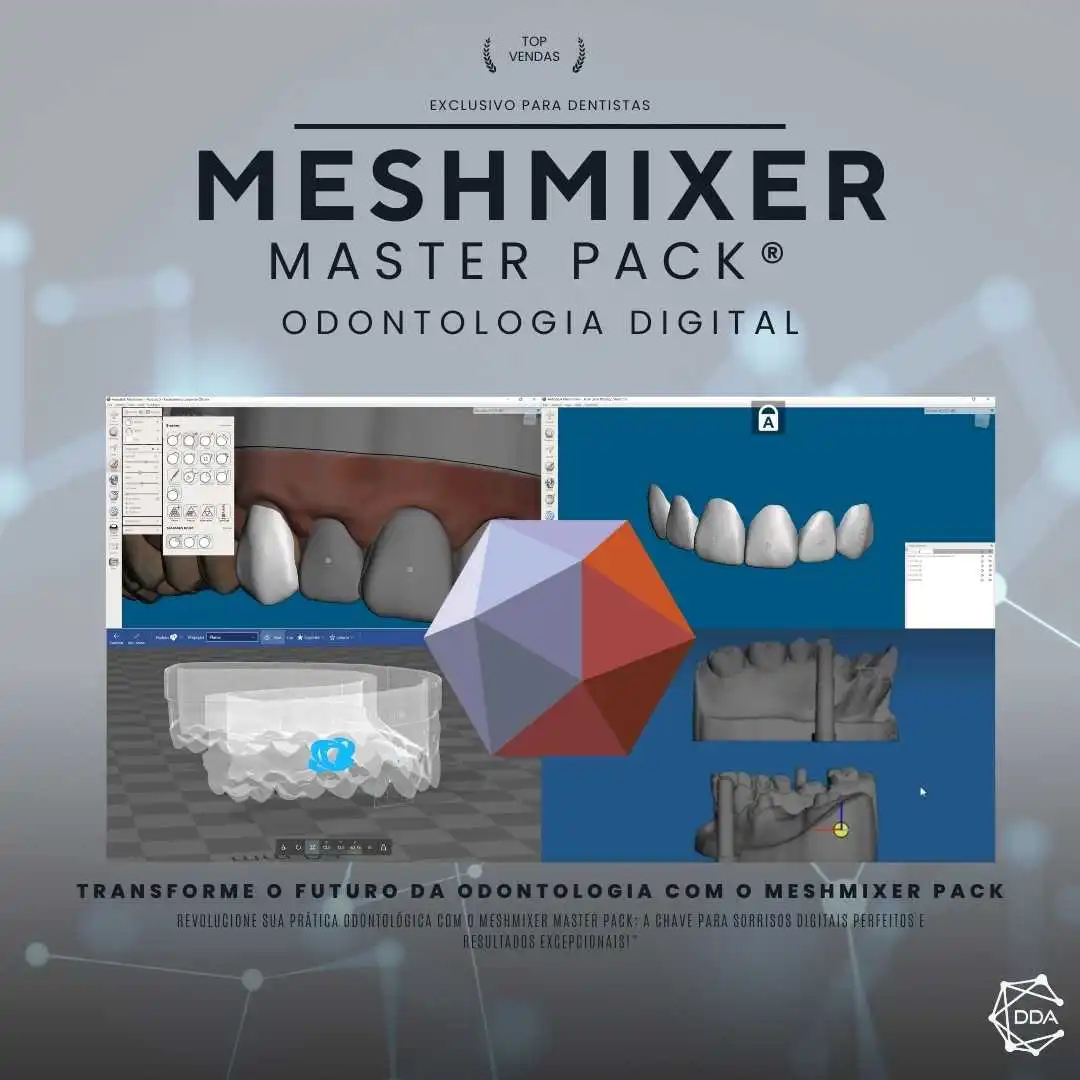What is Digital Mosaic?
Digital mosaicking is a technique used in digital image creation that consists of combining small units of visual information, called pixels, to form a larger, more complex image. This technique is widely used in various fields, such as graphic design, photography, digital art, and even video games.
How does Digital Mosaic work?
In digital mosaicking, each pixel in an image is replaced by a small image or pattern, called a "tile." These tiles can be images, icons, textures, or any other form of visual information that can be repeated and combined to form the final image.
To create a digital mosaic, you'll need a reference image, which will be divided into a grid of small squares. Each square of this grid will be filled with a corresponding tile, according to the desired color and texture. By combining all these tiles, the final image is formed.
Digital Mosaic Applications
Digital mosaics have a wide range of applications and can be used in a variety of ways, depending on the creator's creativity and goals. Some of the main applications of digital mosaics include:
Graphic Design
In graphic design, digital mosaics can be used to create interesting patterns, textures, and visual effects. Different tiles can be used to create unique and personalized compositions, adding depth and complexity to images.
Photography
In photography, digital mosaicking can be used to create pixelated effects or to add textures and patterns to images. This technique can be used on both digital and printed photographs, allowing for the creation of unique and personalized compositions.
Digital Art
In the field of digital art, digital mosaics are widely used to create unique and original works of art. Digital artists can use different tiles to create complex and abstract compositions, creatively exploring colors, shapes, and textures.
Electronic Games
In video game development, digital mosaics are used to create settings, characters, and objects. Tiles are used to fill the screen's pixels, forming the game's visual elements. This technique allows for the creation of games with a retro look or unique, personalized visual styles.
Advantages of Digital Mosaic
Using digital mosaics offers several advantages, both aesthetically and technically. Some of the main advantages of digital mosaics include:
Unique Visual Style
Digital mosaics allow you to create images with a unique and distinctive visual style. By using different tiles and combinations, you can create compositions that stand out and capture the public's attention.
File Size Reduction
One of the technical advantages of digital mosaics is the reduced file size. Because tiles are small, repeatable images or patterns, the final file size is smaller compared to a high-resolution image.
Ease of Editing
Digital mosaics are also easy to edit, as each tile can be individually modified. This allows the creator to make adjustments and modifications to the final image more precisely and efficiently.
Conclusion
Digital mosaic is a versatile and creative technique that allows for the creation of unique and personalized images. With its diverse applications and advantages, digital mosaic becomes a powerful tool for designers, photographers, digital artists, and video game developers. Using this technique, it's possible to explore creativity and create striking visual compositions.


